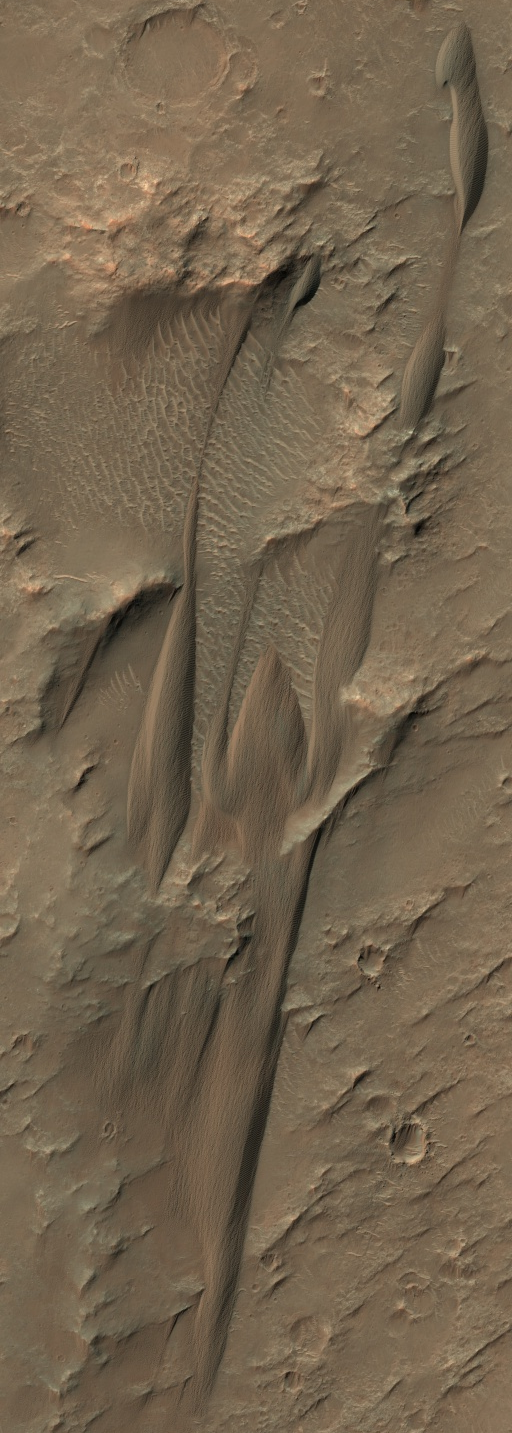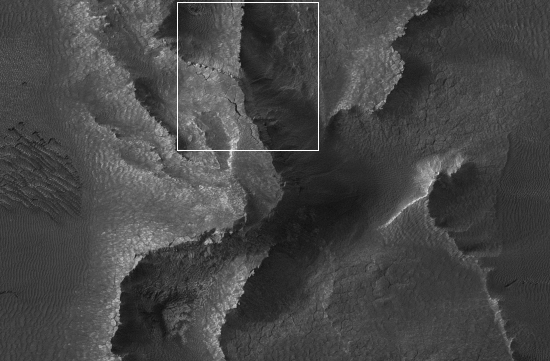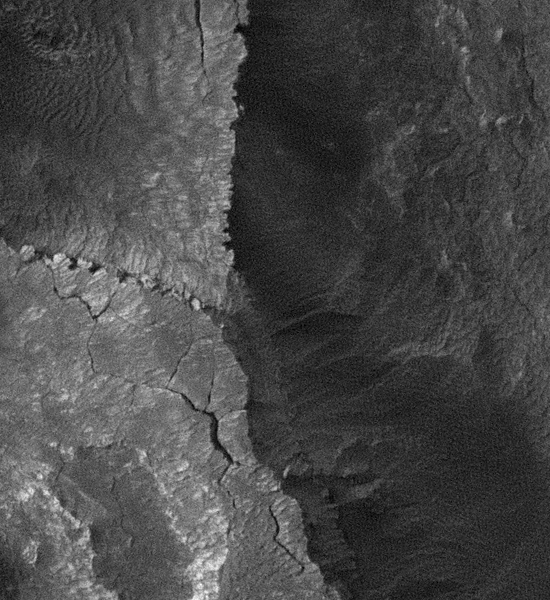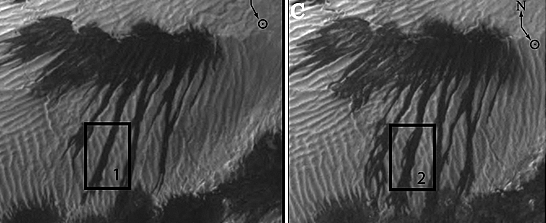Update on Mount Merapi eruption
More on the continuing eruption of Mount Merapi in Indonesia. Key quote:
The Volcano Mitigation and Geological Disaster Agency warned of worse in store as magma pushed towards the surface from depths of 6-8km, compared with a maximum 2km deep when the mountain previously erupted in 2006. “This is the scenario I dislike the most, because the deepest magma is pushing up now,” said the agency’s chief, Surono. “The eruptions haven’t stopped, the tremors are getting stronger and one big explosion could be the result. I’ve never seen it act like this. We don’t know what to expect.”
More on the continuing eruption of Mount Merapi in Indonesia. Key quote:
The Volcano Mitigation and Geological Disaster Agency warned of worse in store as magma pushed towards the surface from depths of 6-8km, compared with a maximum 2km deep when the mountain previously erupted in 2006. “This is the scenario I dislike the most, because the deepest magma is pushing up now,” said the agency’s chief, Surono. “The eruptions haven’t stopped, the tremors are getting stronger and one big explosion could be the result. I’ve never seen it act like this. We don’t know what to expect.”







